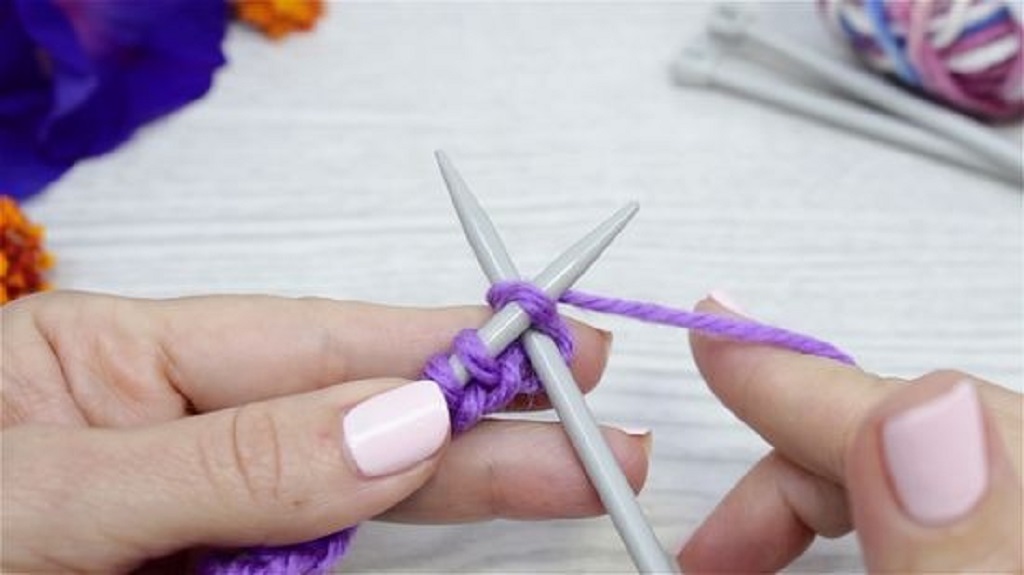How to Teach Kids to Knit Using a Pencil
Five solar panel installation tips
August 22, 2025Britain’s 2025 solar power generation surpasses 2024’s total
September 18, 2025Discover how to teach kids to knit using a pencil in this fun guide. Learn simple steps, tips, and projects for beginners. Perfect for parents and educators.
Knitting can spark creativity in children. It builds fine motor skills and patience. However, traditional needles might seem tricky for little hands. That’s where a simple pencil comes in. This method makes knitting easy and fun. At Creative Biz Services, we love sharing innovative crafting ideas like this one. Parents and teachers can use everyday items to teach new skills.
Many kids find standard knitting needles too sharp or hard to hold. A pencil offers a safe alternative. It has a blunt end and a familiar grip. Additionally, pencils are cheap and easy to find at home. This approach reduces frustration for beginners. Therefore, it’s ideal for young learners.
Learning how to knit with a pencil for kids opens up a world of crafting. You can start with basic stitches. Soon, children create their own scarves or toys. This technique uses the pencil like a needle. It simplifies the process. Moreover, it encourages kids to experiment without fear.
Table of Contents
ToggleWhy Choose Knitting with Pencils for Kids?
Knitting helps children develop important skills. It improves hand-eye coordination. Also, it boosts concentration. However, safety is key when teaching young ones. Pencils eliminate the risk of pokes from metal needles. They are sturdy yet lightweight.
Furthermore, this method is budget-friendly. No need for special tools. Just grab a pencil and some yarn. Kids feel empowered using something they know. It turns a school supply into a craft tool. As a result, they stay engaged longer.
Pencils come in different sizes. Thicker ones suit tiny fingers. Thinner pencils work for older kids. This flexibility makes it adaptable. Parents can adjust based on the child’s age. Thus, everyone succeeds.
Materials You Need to Get Started
Gather simple items before you begin. First, choose two pencils. They should be unsharpened for safety. Hexagonal pencils grip better than round ones.
Next, pick yarn. Soft, bulky yarn is best for beginners. It shows stitches clearly. Avoid thin or fuzzy types at first. They can tangle easily.
You also need scissors. Blunt-tip ones are safe for kids. Additionally, a tape measure helps check progress. Optional items include beads for decoration.
Keep everything in a basket. This organizes the space. Children can focus on fun, not searching for tools.
Step-by-Step Guide to Knitting with a Pencil
Start with the basics. Teach the cast-on method. Hold one pencil in your right hand. Loop yarn around it.
Make a slip knot first. Slide it onto the pencil. Then, wrap yarn around your fingers. Pull through to create stitches. Aim for 10 to 15 stitches for a small project.
Now, move to the knit stitch. Insert the second pencil into the first loop. Yarn over and pull through. Slide the old loop off. Repeat across the row.
Turn the work. Switch pencils between hands. Continue knitting rows. It forms a garter stitch pattern. Simple yet effective.
For purling, insert the pencil from back to front. Yarn over differently. This creates stockinette fabric. However, stick to knit stitches for starters.
Practice rows daily. Kids build muscle memory. Soon, they knit without looking.
Add color changes. Tie new yarn to the old. Knit as usual. This makes stripes. Fun and motivating.
To finish, bind off. Knit two stitches. Pull the first over the second. Repeat until one loop remains. Cut yarn and pull through.
Tips for Teaching Kids Effectively

Patience is essential. Kids learn at their own pace. Praise every effort. This builds confidence.
Demonstrate slowly. Sit side by side. Let them mirror you. Use big gestures.
Break sessions into short bursts. Ten minutes avoids boredom. Gradually increase time.
Make it playful. Tell stories about the yarn. Pretend it’s a magic thread.
Encourage mistakes. They are learning opportunities. Show how to fix dropped stitches.
Use visual aids. Draw diagrams on paper. Or watch simple videos together.
Reward progress. A sticker chart works wonders. It motivates continued practice.
Common Mistakes and How to Avoid Them
Tight stitches are common. Kids pull yarn too hard. Remind them to loosen up. Practice on larger pencils.
Dropped stitches happen often. Teach how to pick them up. Use a crochet hook if needed.
Uneven tension frustrates beginners. However, it improves with time. Encourage relaxed hands.
Yarn tangles can stop fun. Wind it into balls first. Keep the workspace tidy.
Forgetting to count stitches leads to wonky shapes. Use markers every few stitches.
Address these early. Kids gain skills faster. Confidence grows.
Fun Projects for Beginner Knitters
Start small. A bookmark is quick. Cast on five stitches. Knit 20 rows. Bind off.
Next, try a coaster. Ten stitches wide. Square shape. Add fringes.
A simple scarf follows. Wider cast-on. Change colors for interest.
Make pom-poms. Wrap yarn around cardboard. Tie and cut. Attach to ends.
Toy accessories work too. Knit a doll’s hat. Circular knitting later.
Friendship bracelets are popular. Thin yarn on small pencils.
These projects build pride. Kids share with friends. It sparks more creativity.
Benefits of Knitting for Children
Knitting calms the mind. It reduces stress. Kids focus better.
It enhances math skills. Counting stitches teaches patterns.
Creativity flourishes. Children design their own items.
Social bonds form. Knit with family or groups.
Fine motor skills improve. Helpful for writing.
Patience and perseverance develop. Valuable life lessons.
Overall, it’s a rewarding hobby. Lasts a lifetime.
Read More Also: The Ultimate Guide to Circular Fashion Wardrobe Solutions
Conclusion
Teaching kids to knit using a pencil is simple and enjoyable. It starts with basic materials and steps. Parents guide through practice and projects. Mistakes become lessons. Benefits include skill-building and fun.
This method makes crafting accessible. Kids gain confidence. They create unique items. Encourage them to explore more. Knitting opens doors to creativity.
Read More Also: Honda Service Pricing Trends
Frequently Asked Questions
What age is best to start teaching kids to knit with a pencil?
Most children aged 5 and up can try. Younger ones need more supervision. Adjust based on dexterity.
Do I need special pencils for knitting?
No, regular pencils work. Unsharpened ones are safest. Thicker grips help beginners.
How long does it take for kids to learn basic stitches?
It varies. Some grasp in a day. Others need a week. Practice consistently.
Can left-handed kids knit with pencils?
Yes, easily. Mirror instructions. Pencils adapt to either hand.
What if my child gets frustrated easily?
Break it into fun games. Use colorful yarn. Celebrate small wins. Patience pays off.
Warning: Trying to access array offset on value of type null in /home/speakyma/public_html/checkyourhud.com/wp-content/themes/betheme/includes/content-single.php on line 286



